
This is a survey of the postage stamps and postal history of Haiti .
Contents
Haiti is a Caribbean country which occupies the western part of the island of Hispaniola, which it shares with the Dominican Republic to the east.

This is a survey of the postage stamps and postal history of Haiti .
Haiti is a Caribbean country which occupies the western part of the island of Hispaniola, which it shares with the Dominican Republic to the east.
The first stamp of Haiti was issued in 1881 in the 1c value. It showed the head of Liberty. [1]

Philately is the study of postage stamps and postal history. It also refers to the collection and appreciation of stamps and other philatelic products. While closely associated with stamp collecting and the study of postage, it is possible to be a philatelist without owning any stamps. For instance, the stamps being studied may be very rare or reside only in museums.

A cancellation is a postal marking applied on a postage stamp or postal stationery to deface the stamp and to prevent its reuse. Cancellations come in a huge variety of designs, shapes, sizes, and colors. Modern cancellations commonly include the date and post office location where the stamps were mailed, in addition to lines or bars designed to cover the stamp itself. The term "postmark" refers specifically to the part that contains the date and posting location, but the term is often used interchangeably with "cancellation" as it may serve that purpose. The portion of a cancellation that is designed to deface the stamp and does not contain writing is also called the "obliteration" or killer. Some stamps are issued pre-cancelled with a printed or stamped cancellation and do not need to have a cancellation added. Cancellations can affect the value of stamps to collectors, positively or negatively. Cancellations of some countries have been extensively studied by philatelists, and many stamp collectors and postal history collectors collect cancellations in addition to the stamps themselves.

An overprint is an additional layer of text or graphics added to the face of a postage or revenue stamp, postal stationery, banknote or ticket after it has been printed. Post offices most often use overprints for internal administrative purposes such as accounting but they are also employed in public mail. Well-recognized varieties include commemorative overprints which are produced for their public appeal and command significant interest in the field of philately.

Indian postal systems for efficient military and governmental communications had developed long before the arrival of Europeans. When the Portuguese, Dutch, French, Danish and British conquered the Marathas who had already defeated the Mughals, their postal systems existed alongside those of many somewhat independent states. The British East India Company gradually annexed the other powers on the sub-continent and brought into existence a British administrative system over most of modern-day India, with a need to establish and maintain both official and commercial mail systems.

Postage stamps and postal history of Great Britain surveys postal history from the United Kingdom and the postage stamps issued by that country and its various historical territories until the present day.
This is a survey of the postage stamps and postal history of Hong Kong.

The Mauritius "Post Office" stamps were issued by the British Colony Mauritius in September 1847, in two denominations: an orange-red one penny (1d) and a deep blue two pence (2d). Their name comes from the wording on the stamps reading "Post Office", which was soon changed in the next issue to "Post Paid". They are among the rarest postage stamps in the world.
Ascension Island is an island in the South Atlantic Ocean, part of the wider British overseas territory of Saint Helena, Ascension and Tristan da Cunha. Like other British Overseas Territories, it issues its own postage stamps, which provide a source of income for the island from sales to overseas collectors, as well as being used for domestic and international postage.

This is a survey of the postage stamps and postal history of Romania.
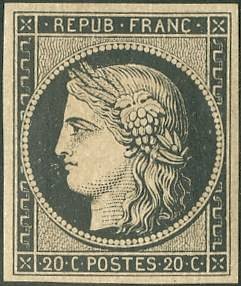
The Ceres series was the first postage stamp series of France, issued in 6 different values from 1849 to 1850 as a representation of the French Republic.

The postage stamps and postal history of Israel is a survey of the postage stamps issued by the state of Israel, and its postal history, since independence was proclaimed on May 14, 1948. The first postage stamps were issued two days later on May 16, 1948. Pre-1948 postal history is discussed in postage stamps and postal history of Palestine.

This is a survey of the postage stamps and postal history of Tibet.
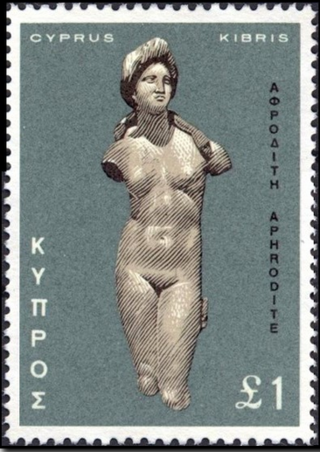
This is a survey of the postage stamps and postal history of Cyprus. The country's postal history is intricately linked to the island's political past.
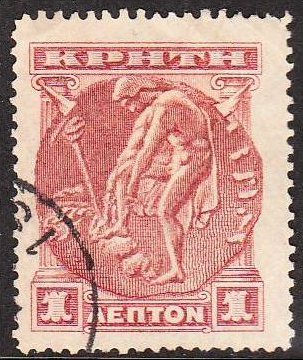
This is a survey of the postage stamps and postal history of Crete.

This is a survey of the postage stamps and postal history of the Netherlands.

This is a survey of the postage stamps and postal history of Tristan da Cunha.
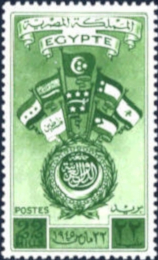
This is a survey of the postage stamps and postal history of Egypt.
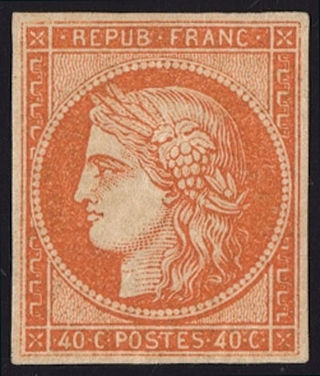
This is a survey of the postage stamps and postal history of France.

Coded postal obliterators are a type of postmarks that had an obliterator encoded with a number, letter or letters, or a combination of these, to identify the post office of origin. They were introduced in the United Kingdom of Great Britain and Ireland in 1843, three years after the first stamp was issued. They became common throughout the nineteenth century but very few remained in use until the twentieth century.

Football Inter Club Association; is a professional football club based in Cap-Haïtien, Haiti.